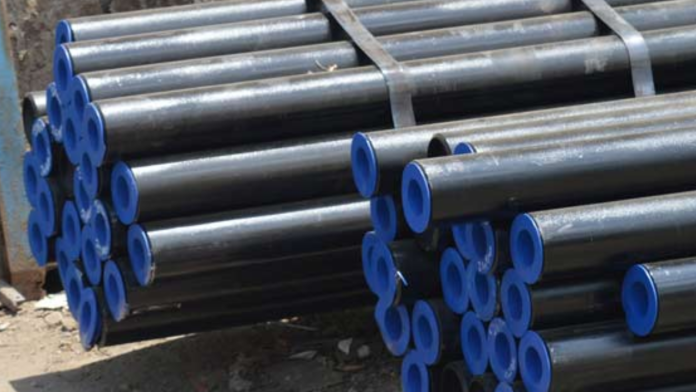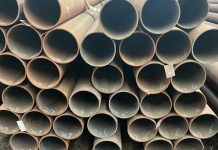There are a few contemplations to make while picking the suitable steel pipe for a given application. The ASTM A53 and ASTM A106 steel pipes are two famous decisions that are as often as possible differentiated. Both of these lines are popular choices for different business and modern applications, yet they each have exceptional characteristics that permit them to be utilized for unmistakable purposes.
To help you choose the proper steel pipe for your venture, we are going to analyze the qualifications somewhere in the range of a53 vs a106. Consistent carbon steel pipes made to ASTM A106 and A53 determinations are planned for high-temperature and high-pressure applications. Let us have a detailed discussion on their comparison:
Where to Get the Best Steel Pipe?
With regards to finding the best steel pipe for your task, quality, and dependability are key variables to consider. One legitimate hotspot for excellent steel pipes is TUSPIPE. TUSPIPE is a main provider of steel pipes that are known for their sturdiness and strength. Their lines go through thorough testing to guarantee they satisfy industry guidelines and particulars.
By picking TUSPIPE, you can find harmony in your brain realizing that you are getting a first-class item that will endure for an extremely long period. Whether you want A53 or A106 steel pipe, TUSPIPE takes care of you with a wide determination of sizes and details to address your issues.
Comparing A53 and A106
A53 and A106 are the two famous grades of steel pipe that have some similarities, but also key differences that can impact the performance of the pipe in various applications.
Steel Grades
Carbon steel grades ASTM A106 and A53 are both expected for high-temperature and high-pressure applications. Albeit the two grades can be utilized in various enterprises, ASTM A106 is all the more as often as possible used in applications that require more prominent temperatures, similar to high-pressure pipe frameworks and boilers.
Chemical Properties
Their synthetic organization is one of the fundamental differentiations between ASTM A106 and ASTM A53. Carbon steel is utilized to make ASTM A106 pipes, which have a greatest carbon content of 0.30%, and ASTM A53 pipes, which have a most extreme carbon content of 0.25%. In light of the expected impacts of this variety in carbon content on the line’s solidarity and life span, ASTM A106 pipes are more qualified for high-pressure applications.
Mechanical Properties
In terms of mechanical properties, ASTM A53 and ASTM A106 pipes have similar characteristics, such as tensile strength and yield strength. However, ASTM A106 pipes have higher tensile and yield strengths compared to ASTM A53 pipes, which makes them more suitable for applications that require higher strength and pressure capabilities.
Testing
A portion of the normal testing strategies for these lines incorporate twist testing, straightening testing, and hydrostatic testing:
Bend Testing
Bend testing is performed to survey the adaptability and pliability of the line. During bend testing, an example of the line is bowed at a particular point without breaking or breaking. ASTM A106 pipes ordinarily have better bendability contrasted with ASTM A53 pipes
Flattening Testing
Straightening testing is performed to survey the capacity of the line to endure smoothing under tension. During straightening testing, an example of the line is leveled until it arrives at a particular thickness. ASTM A106 pipes are commonly more impervious to leveling contrasted with ASTM A53 pipes.
Hydrostatic Testing
Hydrostatic testing is performed to survey the strength and honesty of the line under tension. During hydrostatic testing, an example of the line is loaded up with water and compressed to a particular level. ASTM A106 pipes normally have higher hydrostatic tension appraisals contrasted with ASTM A53 pipes.
Final Remarks
The choice between utilizing A53 or A106 steel pipe at last relies upon the particular necessities of the venture within reach. While A53 is reasonable for general use in low-pressure and mechanical applications, A106 offers higher temperature and strain abilities, making it the favored choice for businesses like oil and gas. It is vital to painstakingly consider factors like strength, sturdiness, and cost.









